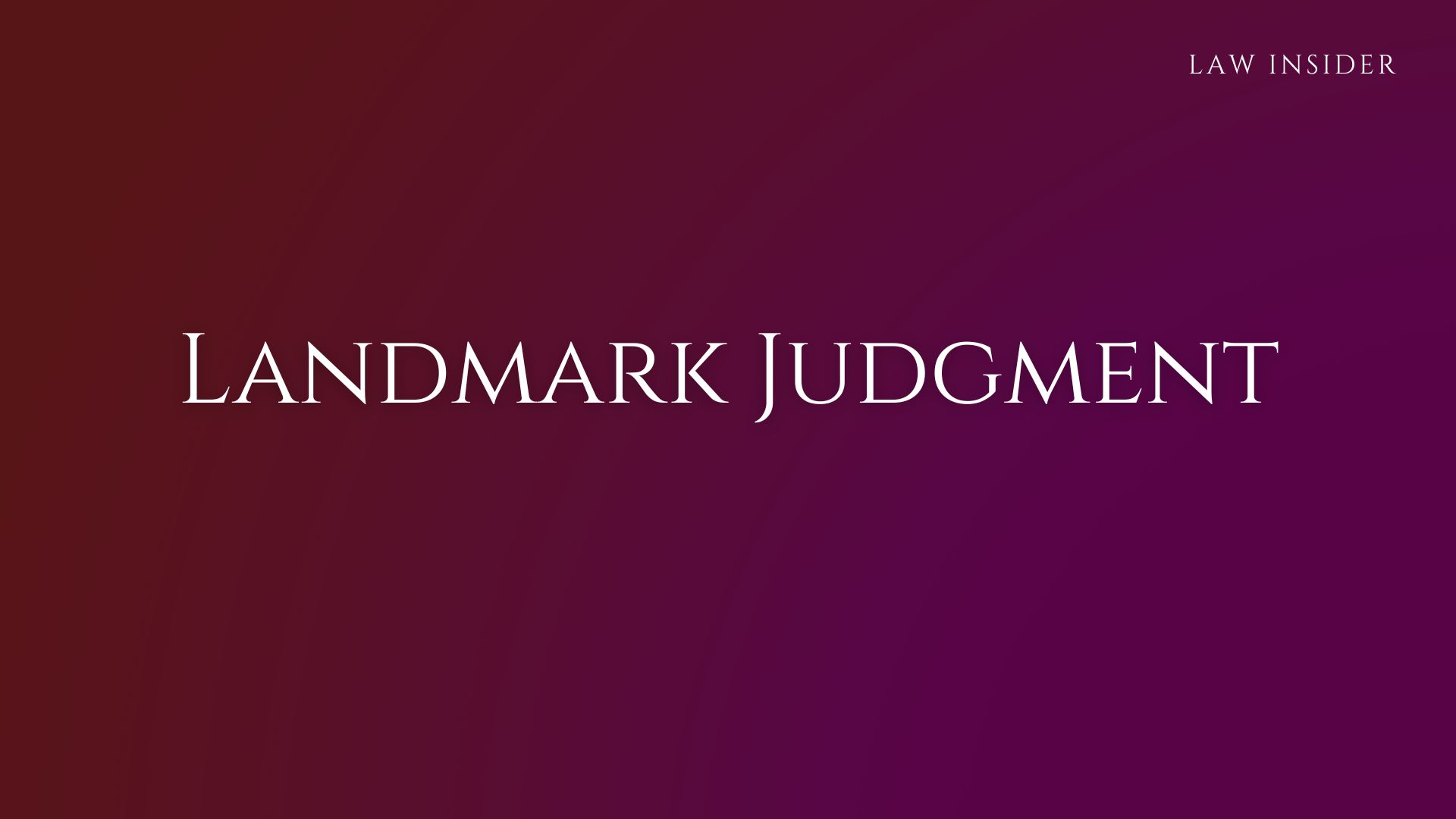Published on: February 10, 2024 at 12:40 IST
Court: Supreme Court of United States
Citation: Calderon v. Thompson 523 U.S. 538 (1998)
Honourable Supreme Court of United States has held that the En Banc is refers to a special procedure where all judges of the Hon’ble Court hear a matter which is essentially complex or important to the State. However, it is held that the Hon’ble Courts must only invoke En Banc procedure in a rare and extra-ordinary situation. It is held that Sua Sponte decision of the Hon’ble Courts must only be invoked to avoid a miscarriage of justice only under the Habeas Corpus jurisprudence of the Hon’ble Court.
Based on these considerations, we hold the general rule to be that, where a federal court of appeals sua sponte recalls its mandate to revisit the merits of an earlier decision denying habeas corpus relief to a state prisoner, the court abuses its discretion unless it acts to avoid a miscarriage of justice as defined by our habeas corpus jurisprudence. The rule accommodates the need to allow courts to remedy actual injustice while recognizing that, at some point, the State must be allowed to exercise its “ ‘sovereign power to punish offenders.’ ” McCleskey, supra, at 491.
Although demanding in all cases, the precise scope of the miscarriage of justice exception depends on the nature of the challenge brought by the habeas petitioner. If the petitioner asserts his actual innocence of the underlying crime, he must show “it is more likely than not that no reasonable juror would have convicted him in light of the new evidence” presented in his habeas petition. Id., at 327. If, on the other hand, a capital petitioner challenges his death sentence in particular, he must show “by clear and convincing evidence” that no reasonable juror would have found him eligible for the death penalty in light of the new evidence.
Drafted By Abhijit Mishra

